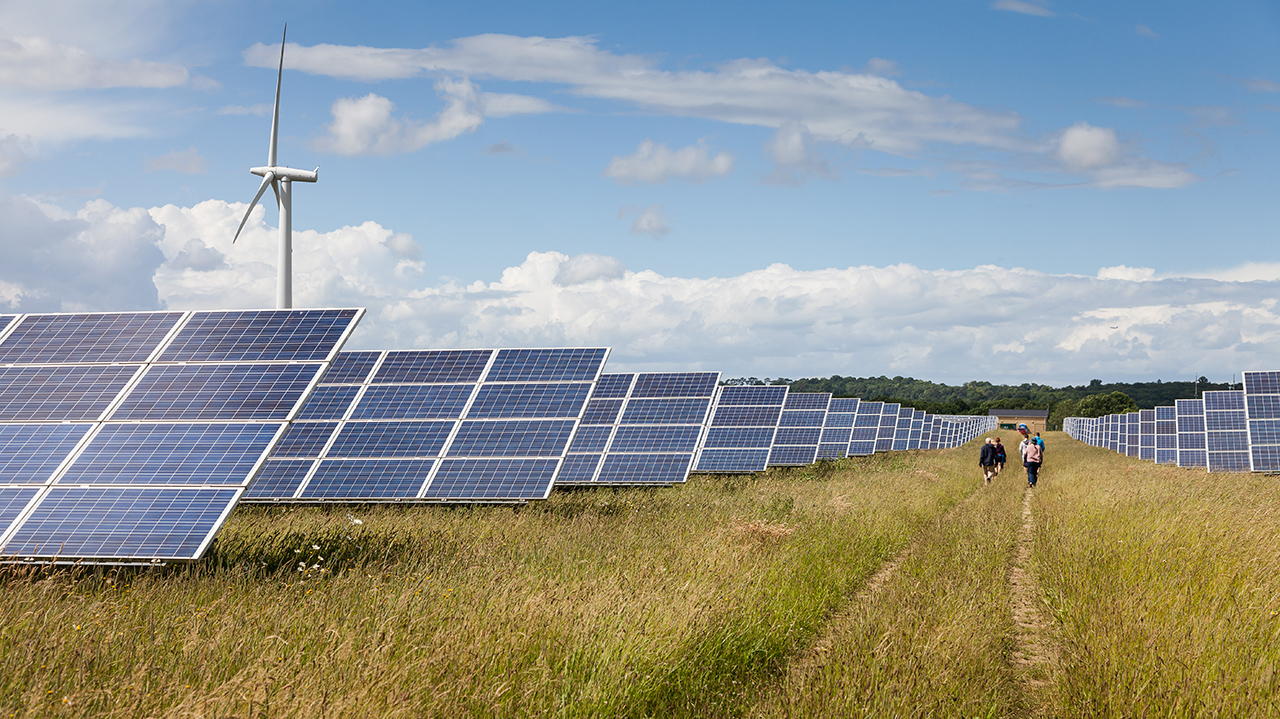
On November 10, 2022, the Minnesota Public Utilities Commission approved Minnesota Power’s Integrated Resource Plan (IRP) which will guide the utility’s long-range and short-term investments over the coming years. Fresh Energy, along with our partners, engaged in shaping the long-range plan (docket #21-33) over the past two years to ensure it includes investments in efficient, flexible electric systems as well as investments in wind, solar, and storage. If you would like to learn more about IRPs, check out our explainer blog post, What’s up with Integrated Resource Planning?
Over the past several years, Minnesota Power has done commendable work to reduce its carbon emissions, and Fresh Energy’s analysis showed that it can go even further and faster—which is exactly what this plan will do. Here are the main outcomes of this big Minnesota electric utility milestone.
Coal retirements starting in 2029
Minnesota Power has committed to stop burning coal at its Boswell 3 coal plant by the end of 2029, as well as to plan for the transmission upgrades and other reliability solutions necessary to keep open the possibility of retiring Boswell 4 by 2030, five years earlier than currently proposed by the utility. These retirement dates meet our science-based goals of working to retire all coal in Minnesota by 2030 and balances impacts on the City of Cohasset, where the Boswell plants are located, as well as the people who live and work there.
Nearly double the initially planned renewables and storage
Minnesota Power’s approved plan will dramatically increase its investment in renewable energy by 2030, including up to 400 megawatts of wind energy and 300 megawatts of regional solar energy. The utility will also utilize batteries to store 100-500 megawatt hours of electricity by 2026. Julie Pierce, Minnesota Power’s vice president of strategy and planning credited federal investments in clean energy from the Inflation Reduction Act (IRA) and the Infrastructure Investment and Jobs Act (IIJA) as key reasons for the utility nearly doubling renewables and adding storage to their long-range plan. With these planned additions combined with the retirement of Boswell 3, Minnesota Power projects that its electric supply will be 70% carbon-free by 2030.
Further study coming for West Duluth’s Hibbard Energy Center
Minnesota Power has committed to further studying the future of its Hibbard biomass plant in the next IRP scheduled for 2025. The health impact report, filed in the IRP process by Fresh Energy and our partners, identified that emissions from Hibbard have disproportionately large health impacts, especially in the Duluth area. Prior to this issue being raised by Fresh Energy and our partners, the public health impacts of the Hibbard plant were largely under the radar.
The future of the Nemadji Trail Energy Center to be evaluated
Minnesota Power’s plan defers a decision on the utility’s role in the Nemadji Trail Energy Center (NTEC) proposed to be built in Superior, Wisconsin until a future proceeding. Fresh Energy and our partners are confident that more time and falling prices for clean energy and energy storage will only further show that construction of a $700 million combined-cycle, high-capacity gas plant in the midst of an accelerating climate crisis is not in the public interest.
Minnesota’s clean energy landscape is changing fast, thanks in part to commitments from large utilities like Minnesota Power and federal investments such as the IRA. Fresh Energy is looking forward to continuing to work with Minnesota Power and the Minnesota Public Utilities Commission on what’s next as the utility strives to meet its goal of achieving 100% carbon-free energy by 2050.

